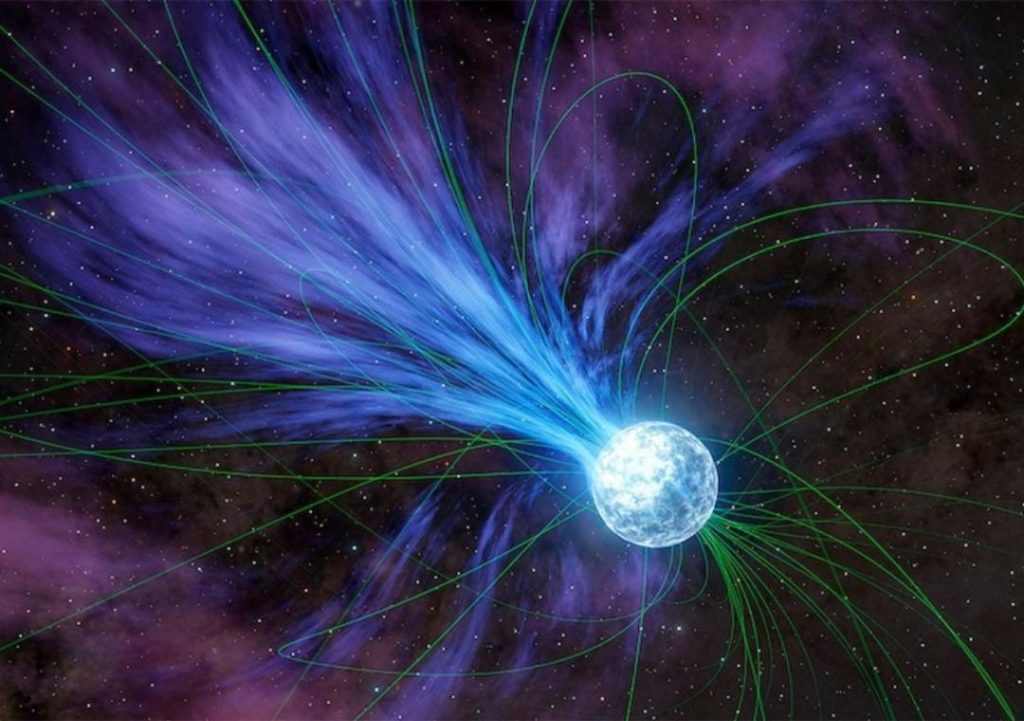
Gold & Platinum Created through Neutron Stars’ Explosions: Study
For centuries, humans have been fascinated by the origin of precious metals like gold and platinum. While we’ve long known that these metals are found in nature, the process by which they were created has remained a mystery. However, a recent study led by Columbia University student Anirudh Patel has shed new light on the matter, revealing that magnetars, or highly magnetized neutron stars, played a crucial role in the creation of these elements.
According to the study, magnetars exploded and released flares that contained gold and platinum. These explosions, which occur approximately once per decade in the Milky Way and annually across the observable universe, had a profound impact on the creation of these precious metals.
To understand how this process works, it’s essential to understand the concept of magnetars. These are incredibly powerful objects that are formed when a massive star collapses under its own gravity. As the star collapses, its density increases, leading to an intense magnetic field that is capable of accelerating charged particles to incredible energies.
When a magnetar explodes, it releases a massive amount of energy in the form of radiation and particles. This energy is capable of interacting with the surrounding environment, leading to the creation of new elements. In the case of gold and platinum, the explosions triggered a process known as nucleosynthesis, in which atomic nuclei are combined to form new, heavier elements.
The study, which was published in the journal Nature Astronomy, used a combination of observations and simulations to recreate the conditions that led to the creation of gold and platinum. The researchers used data from a variety of telescopes, including NASA’s Swift Gamma-Ray Burst Mission, to study the explosions and the resulting flares.
“We were able to detect the gamma-ray flares emitted by the magnetars and use them to estimate the amount of gold and platinum that was created during the explosions,” said Patel. “What we found was that the amounts were surprisingly large, and that these elements are likely to be found in the surrounding environment.”
The discovery has significant implications for our understanding of the origins of precious metals. For centuries, humans have mined these metals from the Earth, but we’ve never been able to explain how they got here in the first place. The study suggests that magnetars played a crucial role in the creation of these elements, and that they may be found in other parts of the universe as well.
The study also has implications for the field of astrobiology. The discovery of gold and platinum in the universe suggests that the conditions necessary for life to arise may be more common than we previously thought. If magnetars are capable of creating these elements, it’s possible that other stars may be doing the same, which could have implications for the search for extraterrestrial life.
In conclusion, the study led by Anirudh Patel has shed new light on the origins of precious metals like gold and platinum. The discovery that magnetars play a crucial role in the creation of these elements has significant implications for our understanding of the universe and the search for extraterrestrial life.






